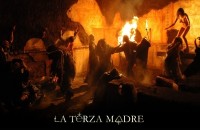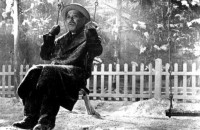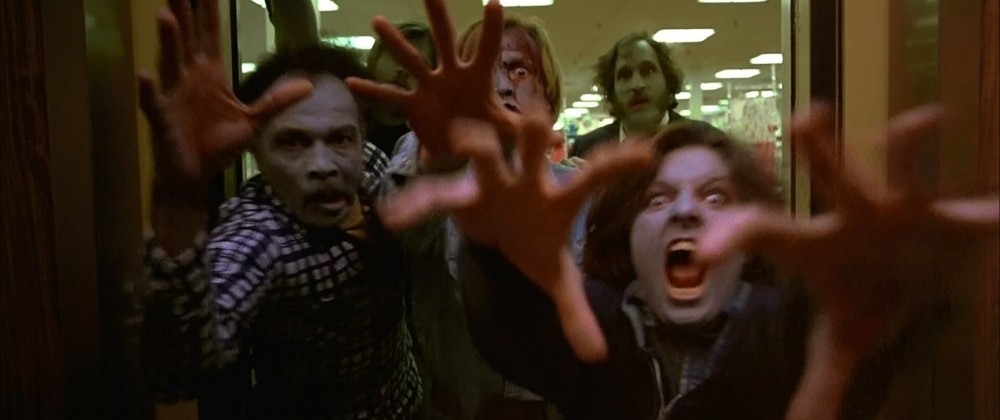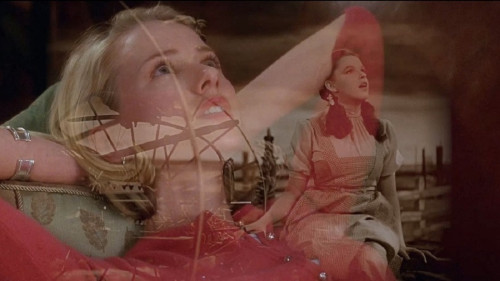Volume 13, Issue 4 / April 2009
On Death and Rebirth
In this issue
-

Reanimating the Living Dead
Uncovering the Zombie Archetype in the Works of George A. Romero
-

Mother of Tears
Argento Concludes the Trilogy
-

Pier Paolo Pasolini’s Notes for an African Orestes
Intellectual Responsibility and Imagination
-

A Study of Kurosawa’s Ikiru, Part 1
What it Means to Live
-

A Study of Kurosawa’s Ikiru, Part 2:
Rebirth, the Creative Act, and the Moral Dimension
For this month Offscreen presents another issue of five varied essays. Oddly, even when working on the premise of five divergent essays, unsuspected links and affinities begin to emerge, shaping into a tenuously shaped theme of ‘death and rebirth.’ For starters, the five essays feature auteurs who are vastly important in their own field: Dario Argento and George A. Romero as legends of the horror genre, and two giants of international cinema, Akira Kurosawa and Pier Paolo Pasolini. Affinities can be found in the strangest of places, and only by chance, after the selection/editorial process was made, did I notice one such affinity between (first-time Offscreen writers) Michael Bloom’s study of George A. Romero’s ‘undead’ and Aryeh Kaufman’s essay on Ikiru. What can zombies possibly have in common with Kurosawa’s salaryman Kanji Watanabe? Ikiru is the story of a dying man who comes to realize that he has been sleepwalking through his life without purpose, without meaning, a shadow life, and becomes symbolically ‘reborn’ when he discovers something to give meaning to his life, the construction of a children’s park in a slum area. As Kaufman writes, “Over the course of the film, Watanabe has not only been unable to find the meaning and inspiration necessary for his transformation from “living dead” [my emphasis] to being “worthy of death” but also he has been met at each turn with a self-conscious loneliness.” Nicknamed “the mummy” by a young, enthusiastic woman, Watanabe is a spiritual heir to the somnambulist slave-worker zombies of Victor Halperin’s White Zombie (which Bloom discusses) and the ‘lifeless’ zombies of Romero’s films. A passage Kaufman quotes from the noted mythologist Joseph Campbell makes this evocation of the zombie even more striking: “When our day is come for the victory of death, death closes in; there is nothing we can do, except be crucified—and resurrected; dismembered totally, and then reborn.” Questions of the ‘undead’ (literal or figurative) play no part in Garrett’s treatment of Pasolini’s Notes for an African Orestes, although Pasolini’s own death was subject of much controversy. Garrett’s essay is up to the demanding task of understanding and contextualising both its maker’s eclectic intellectual history and the film’s multifaceted style, part reflexive documentary on filmmaking and on contemporary Africa, part political metaphor (on Africa’s colonial past and emerging Nationalisms, and socialism/communism), and part dramatic adaptation of the Greek Aeschylus’s plays about Orestes. Garrett draws on both critical works on Pasolini and Pasolini’s own theoretical writing to place Notes for an African Orestes in the context of Pasolini’s own filmography and the broader intellectual framework of Pasolini’s varied cultural and political background. (Donato Totaro, ed.)









